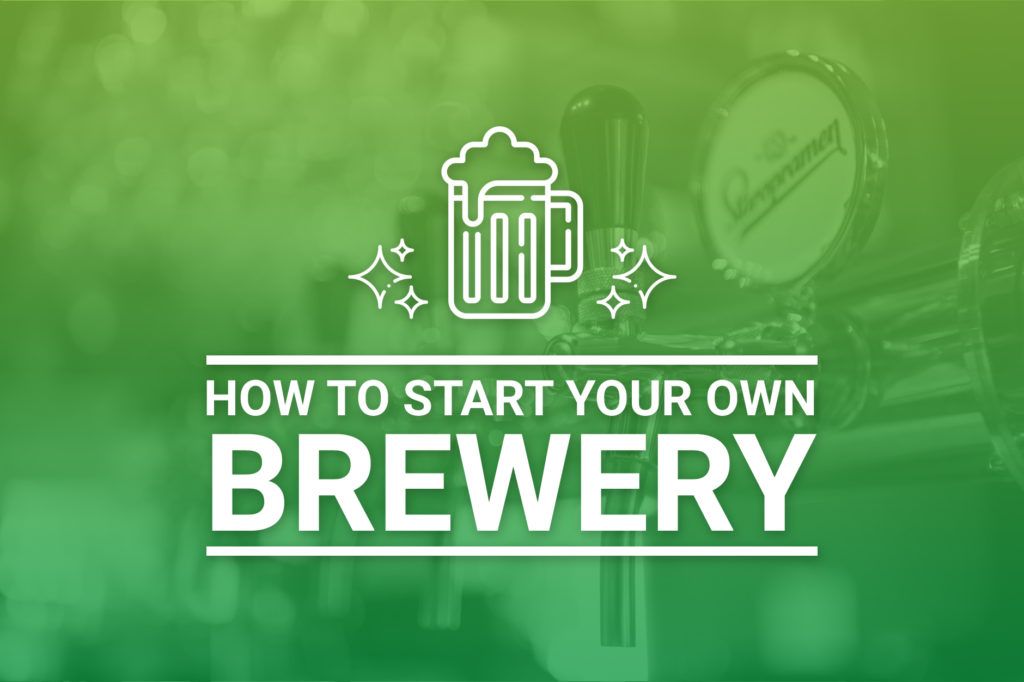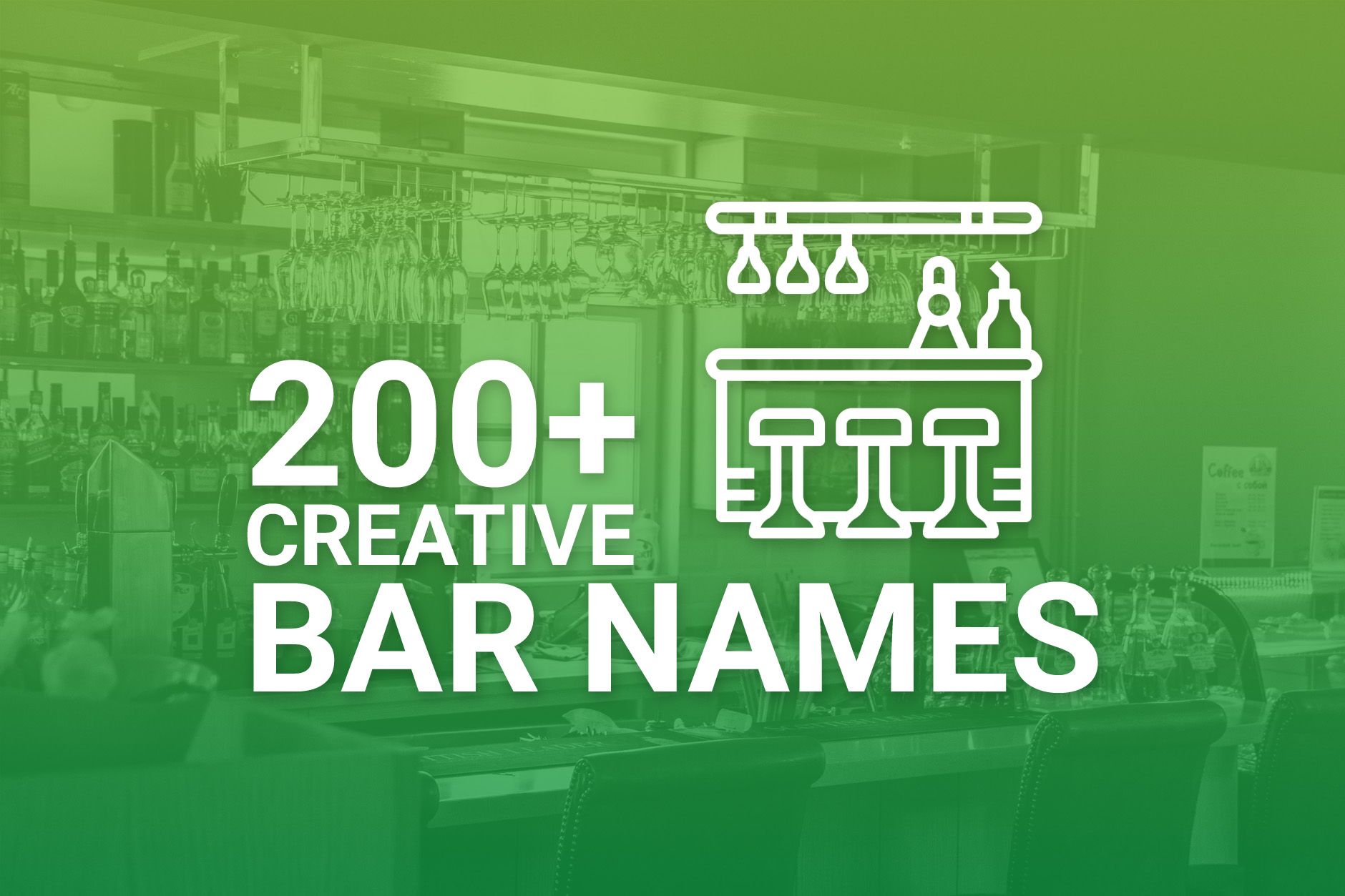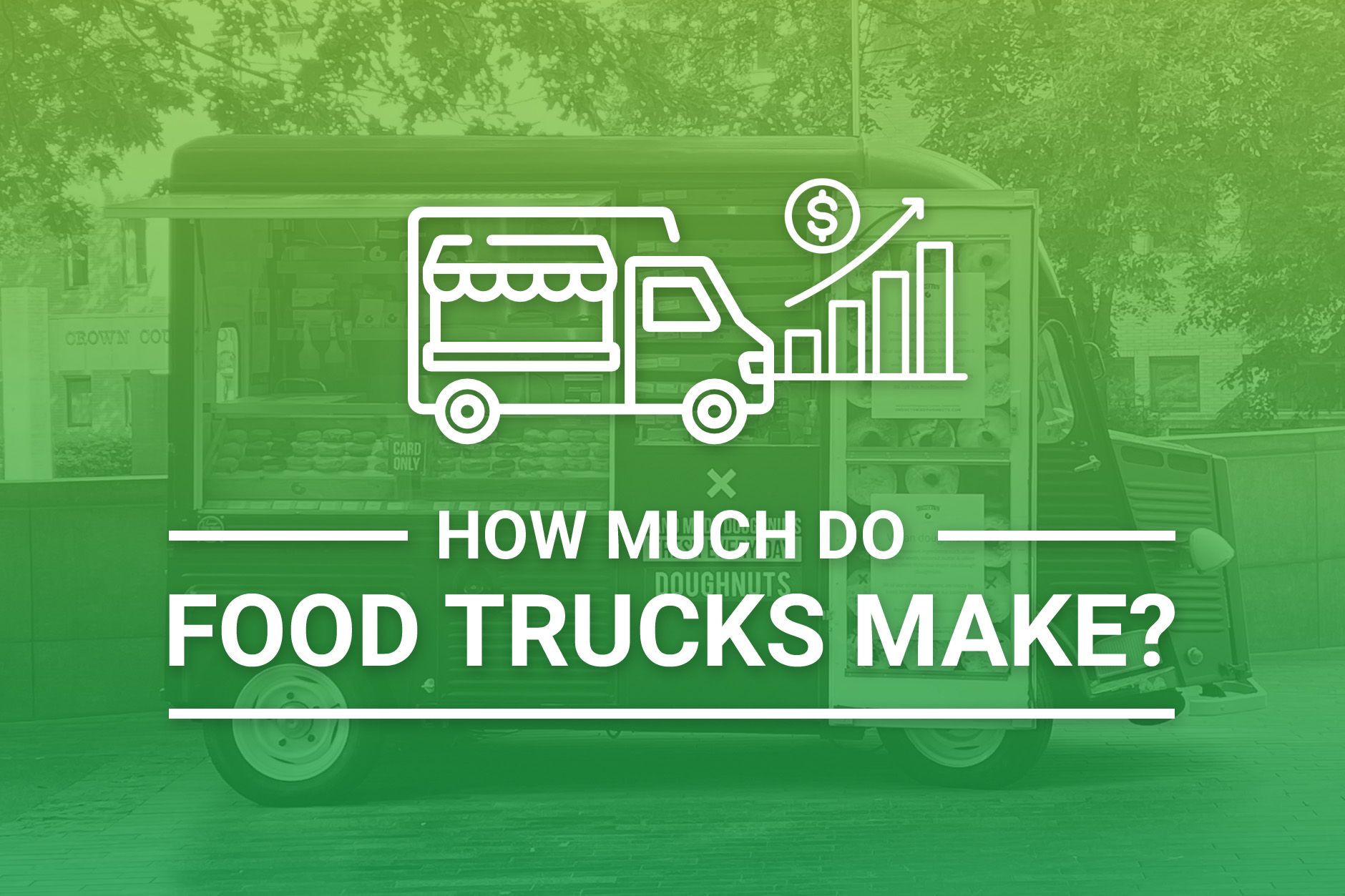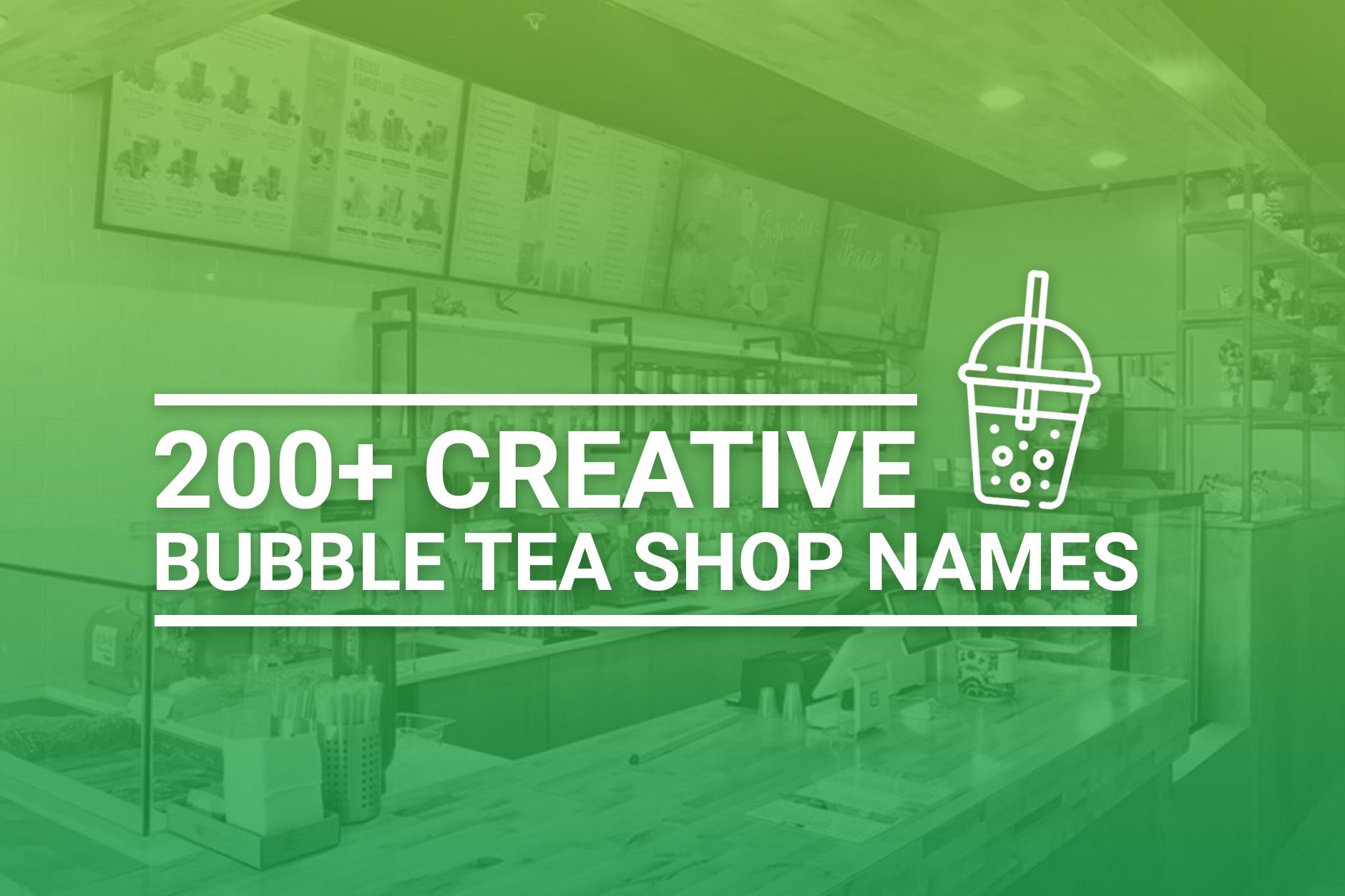Craft or micro breweries have become incredibly popular in the United States. Fed up with bland, watery beer, consumers are turning to small, local breweries. While the sale of beer has decreased overall in the United States, craft brew sales have actually increased by 6%, and now make up 25% of the $116 billion American beer market.
Craft breweries offer an opportunity for beer aficionados to taste a range of unique flavors and to have a different experience than just picking up a 6 pack in the store on the way home from work. It is little wonder, then, that there are so many craft breweries in the United States. By mid-2019, there were 7,480 active craft breweries across the U.S., with an estimated 2,500 to 3,000 breweries in the planning stages.
Home brewing kits have allowed thousands of Americans to experiment and learn the process of brewing beer. If you’re ready to take your home brewing to the next level, read on to learn more about how you can open up your own craft brewery.
Step One: Determine Your Business Type
There are many possible ways to run a brewery. Before you can start planning for your own brewery, you’ll need to pick a business model. The model that you choose will impact all other aspects of your business plan, so it is important to do your research and select an option that fits your budget and goals.
According to the Brewers’ Association for Small and Independent Craft Brewers, here are four main types of breweries:
- Regional craft brewery: an independent regional brewery that largely sells traditional or innovative beers.
- Microbrewery: a brewery that produces fewer than 15,000 barrels of beer annually, selling 75% or more of its beer offsite.
- Brewpub: a restaurant brewery that sells at least 25% of its beer onsite.
- Contract brewing company: one company hires another brewery to manufacture the beer, with the purchasing company handling distribution, marketing and sales.
The business model that you choose will influence every other aspect of your operations. For example, if you simply want to make beer to sell to other companies, then you won’t need a space for customers to sit and drink (taproom). The type of licenses and permits that you will need may also be different than what you would need for a brewpub. Think carefully about your goals, and how you will accomplish them before deciding on a type of brewery.
Step Two: Figure Out the Legalities
The next step in the process is possibly the most important. The production, sale and distribution of alcohol in the United States is heavily regulated by both the federal and state governments. Before you can open up a brewery, you will need to determine what you are and are not allowed to do.
On a federal level, alcohol sales, production, and distribution are governed by the Alcohol and Tobacco Tax and Trade Bureau (TTB). These laws form the basis for the legal requirements of running a brewery. State laws are much more specific, and are generally separated into three categories for producers, distributors and manufacturers.
Before you can move forward with your brewery plans, you will need to research and understand these laws. For most entrepreneurs, the best way to make sure that you comply with all federal and state alcohol laws is to consult with an attorney. Your lawyer can also help you with other aspects of the process, such as choosing a corporate form and incorporating your company according to the laws of your state.
At the same time, you should work with your attorney on trademarking your business name. If you come up with a popular beer with a novel name, you want to make sure that another brewery can’t ride on your success by calling its beer something similar (or even the same thing!).
In addition to complying with federal and state law, you will need to get the necessary licenses and permits to operate your brewery. At a minimum, you will be required to:
- Apply for a brewer’s license with your state;
- Apply for a Brewer’s Notice with the TTB and obtain a brewer’s bond;
- Apply for an alcoholic beverage permit in your state; and
- If necessary, post a local brewer’s bond (not required in all states).
A brewer’s bond is a type of guarantee that you will pay all applicable taxes on your beer sales. If you fail to do so, then the bond will be used to pay your taxes. You may also face interests, penalties – and even criminal prosecution.
Many of the licenses and permits needed to operate a brewery require the same information, such as proof that you have secured funding and that you have a lease or a mortgage on the property that will be used for the brewery. Because many of these applications require the same information, it makes sense to do them all together.
Keep in mind that if you plan to open a brewpub, you may require additional licenses and permits. For example, the people who work in your pub may be required to obtain a food handler’s permit.
Step Three: Crunch the Numbers
One of the most challenging aspects of starting your own brewery is figuring out how you’ll pay for it. Brewing your beer on a commercial level can be incredibly expensive, from obtaining a space and equipment to paying lawyers and getting permits. It is critical that you take the time to sit down and figure out your budget (and not only because you’ll need this information to obtain permits!).
For a brewery, you will need to account for a range of costs. These include:
- Brewing equipment
- Canning or bottling equipment
- Ingredients for making beer
- Cost of your lease or mortgage for your physical space
- Insurance premiums
- Fees for licenses, permits, and brewing bonds
- Glassware, napkins, and related supplies
- Fees for professionals (such as lawyers and advertising agencies)
- Phone and internet service
- Wages
Brewpubs will require you to account for other expenses as well, such as kitchen appliances, plates, silverware, and table linens, and ingredients for your menu. Whatever type of brewery you decide to open, remember that your costs will likely be more than you anticipated. Build in some extra cash into your budget to account for unexpected expenses.
Once you have a good idea of what your startup costs will be, it is time to figure out a way to pay for everything. If you are lucky, you may be able to pay for a chunk of your initial budget using your own funds. Most people will need to take out a loan or raise money from family and friends in order to start their own brewery.
Step Four: Develop Your Brand
Unlike mega beer corporations that sell their product across the world, craft or micro breweries are known for having personality. When you think about the name of your brewery and your brand, consider what makes you unique. Branding can set you apart from the crowd – and even boost sales.
You may already have a name in mind for your brewery. When you are branding, think about the other aspects – like a logo, label design, and even how you want your space to look. You might use your location, your favorite hobby, or even a clever pun to develop your brand. Remember: people like craft beer because it is different from mainstream beers sold everywhere. You can get a little weird and funky with your brand.
Other questions to ask when thinking about your branding include your target audience, what makes your beer special, and the personality that you want to project when people see your logo. Remember that your brand will ultimately go on all of your products, from beer bottles and cans to t-shirts and cups. Find a way to make yourself stand out from the crowd.
Step Five: Focus on Logistics
The final step in starting your own brewery is working through all of the details, from your physical space to how you’ll package your final product. Picking a location is one of the most fundamental parts of this process. You’ll need to make sure that the space is big enough for what you want to do, that you’re allowed to operate a brewery in that area, and that its cost is within your budget.
In addition, you will want to make sure that your building has loading and unloading access, space for customers to park (if you’re selling beer onsite), and that there is enough space to expand as your business grows. The specific details will depend on the type of brewery that you are planning to open. For example, a contract brewery could be located in a warehouse in an industrial park, while a brewpub should ideally be located in a spot where people want to go – and can easily find you.
After location, you will need to secure brewing equipment. This is one of the most expensive aspects of opening up a brewery. You want to find a balance between buying enough equipment to keep up with demand – and not overbuying and making it hard to dig out of debt. If possible, talk to other brewers in your region to get a feel for how much equipment you will need.
Next, you will need to think about how you will package your beer, with options including bottles, cans and kegs. While bottles are the traditional choice for craft beer, there are a lot of benefits to going with cans. Not only are cans less expensive overall, but they are more environmentally friendly and keep your beer fresher for longer. For kegs, there are a number of new options on the market, such as lightweight kegs, so be sure to do your research to figure out what is best for your business.
Depending on the size of your operation, it may make sense to not buy packaging equipment, and rely on mobile canning and bottling services instead (if available in your area). Do the math to figure out if it makes more sense to package your brew yourself (which also gives you more control over the finished product) or to pay someone else to do it for you.
If you aren’t selling your beer onsite or if you are selling both on and offsite, you will also need to figure out how to distribute it. As with packaging, you can choose between distributing the beer yourself (if your state law allows you to do so) or paying a distributor. Having your own trucks, paying drivers, and storing your beer can be expensive, so make sure that you fully explore your options before deciding on a method.
Finally, think about your online presence. In 2020, consumers expect businesses to have a web page and at least one social media page. If you don’t have a website or a Facebook page, at a minimum, then customers won’t know how to find you. Many entrepreneurs choose to work with a professional to design their website and do online marketing so that they can focus on brewing their beer.
Need Help with Branding for Your Brewery? Reach Out Today.
Building a brewery is a complex, multi-step process that requires a lot of time, money and dedication. Fortunately, getting custom disposables that fit your budget is easy.
Budget Branders was built on the idea that small and medium sized businesses should have the same access to high quality branded products at a price and quantity that makes sense for them. That’s why we offer a full range of disposables, from cups and coffee sleeves to bowls and bags. When you work with our company, you don’t have to buy millions of cups at a time – you can buy the lower quantities that make sense for your company.
If you’re interested in learning more, we are here to help. You can call us at 1-888-373-4880 to talk to one of our sales representatives, or send us a quote request. We also offer a live chat feature on our website to get real-time help from a member of our team.





















